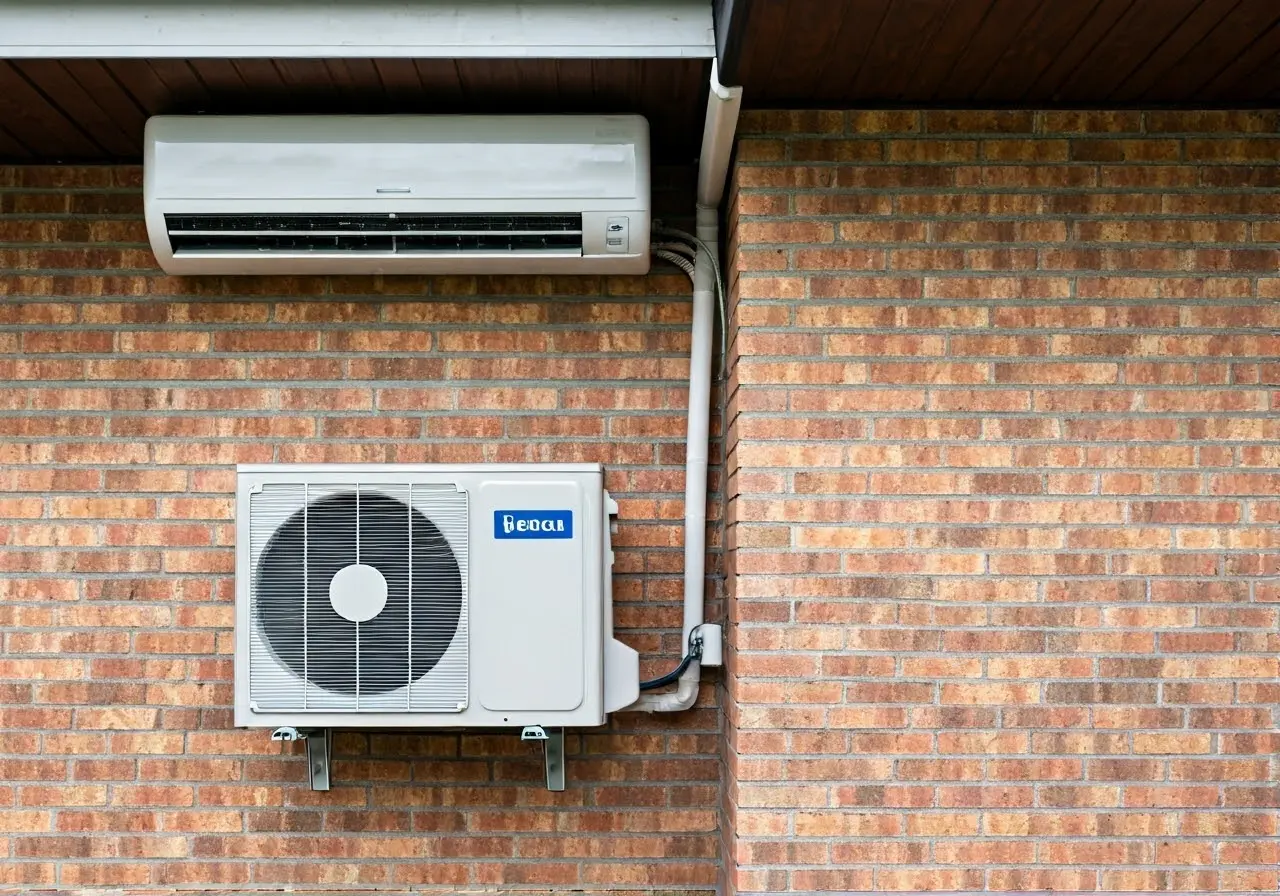Installing an air conditioning system isn’t just about setting it up and switching it on. Whether you’re venturing into a DIY project or hiring a professional, steering clear of these common installation pitfalls can ensure efficiency, longevity, and comfort. Let’s explore the crucial mistakes to sidestep in North Georgia’s unique climate.
1. Ignoring Proper Sizing of the Unit
Choosing the right size air conditioning unit is crucial. An oversized or undersized unit can lead to inefficiencies, higher energy bills, and insufficient cooling. It’s important to conduct a proper load calculation to determine the ideal unit size for your space.
When choosing an air conditioning unit, it’s not just about bigger being better. Selecting a unit that matches your home’s specific needs ensures smooth operation and can save you from unnecessary expense. In North Georgia, where summers can be sweltering, an undersized system will struggle to cool your home efficiently. Conversely, an oversized unit will cycle on and off too frequently, leading to wear and tear. Consider consulting a professional who can guide you through a load calculation, ensuring optimal comfort and efficiency in your home.
2. Neglecting Ductwork Inspection
Poorly designed or leaky ductwork can drastically reduce your system’s efficiency. Before installing a new unit, ensure ductwork is well-insulated and sealed, leveraging the full potential of your air conditioning system.
The importance of ductwork goes beyond just moving air around your house. When ducts are compromised, either through leaks or poor insulation, the efficiency of your entire HVAC system can plummet. This isn’t solely a concern of energy losses—poorly managed ductwork can also contribute to uneven cooling, creating hot and cold spots throughout your home. Before installing your new system, a thorough inspection and sealing of ducts can not only improve system efficiency but also enhance overall indoor comfort.
3. Overlooking Insulation Needs
Insufficient home insulation means your air conditioning system will struggle to maintain a consistent temperature. Proper insulation helps keep the cold air in and the hot air out, making your system more efficient.
One of the most understated elements of a home comfort system is insulation. Insulation plays a pivotal role in energy conservation by acting as a barrier to heat transfer. Especially in regions with significant temperature fluctuations like North Georgia, ensuring your home is properly insulated can greatly enhance the performance of your air conditioning system. Investing in adequate insulation not only maximizes comfort but also reduces the strain on your HVAC unit, extending its lifespan and efficiency.
4. Ignoring the Location of the Outdoor Unit
Installing the outdoor unit in a shady, well-ventilated area will prevent it from overheating and improve efficiency. Avoid placing it near obstructions or where debris could accumulate, which can impede its operation.
5. Skipping the System Testing Phase
Testing your air conditioning system after installation ensures everything is running as it should. Missing this step can lead to overlooked issues that could escalate into bigger, more costly problems.
After the installation of your air conditioning unit, the job isn’t finished just yet. The system testing phase is critical. This step involves checking the system for any immediate operational issues and ensuring that all components function correctly. Skipping this phase might mean minor issues go undetected, which can become major headaches later. Thus, a thorough testing procedure helps avert future repairs and ensures lasting performance from your AC unit.
6. Underestimating Regular Maintenance Needs
Even with a perfect installation, neglecting routine maintenance can lead to a decline in performance. Regularly scheduled checks and cleaning keep your system in optimal condition, prolonging its lifespan.
7. Improper Refrigerant Level Management
Ensure the refrigerant level is correct; too much or too little can affect efficiency and cooling capacity. This task is best handled by professionals who know the appropriate levels for optimal operation.
8. Disregarding Zoning Considerations
Implementing zoning in your HVAC setup can help in distributing air more evenly and efficiently. Without zoning, some areas might cool faster than others, leading to uneven comfort levels.
9. Improper Thermostat Placement
Positioning the thermostat in a location where it can accurately read the home’s temperature is vital. Avoid placing it near windows, doors, or direct sunlight, as these could cause incorrect readings and inefficient operation.
10. Overlooking Advanced Control Options
Utilizing programmable or smart thermostats can enhance comfort and efficiency. They offer greater control over temperature settings, especially when you’re away from home, leading to notable energy savings.
11. Failing to Secure Proper Permits
Failure to obtain necessary permits could lead to fines and delays. Ensuring all local regulations and requirements are met before starting the installation process is crucial for a legal and smooth operation.
12. Assuming Installation is a One-Person Job
The complexity of air conditioning installation often requires a team. Working with professionals ensures that different aspects like electrical connections, refrigerant handling, and system testing are correctly addressed.










